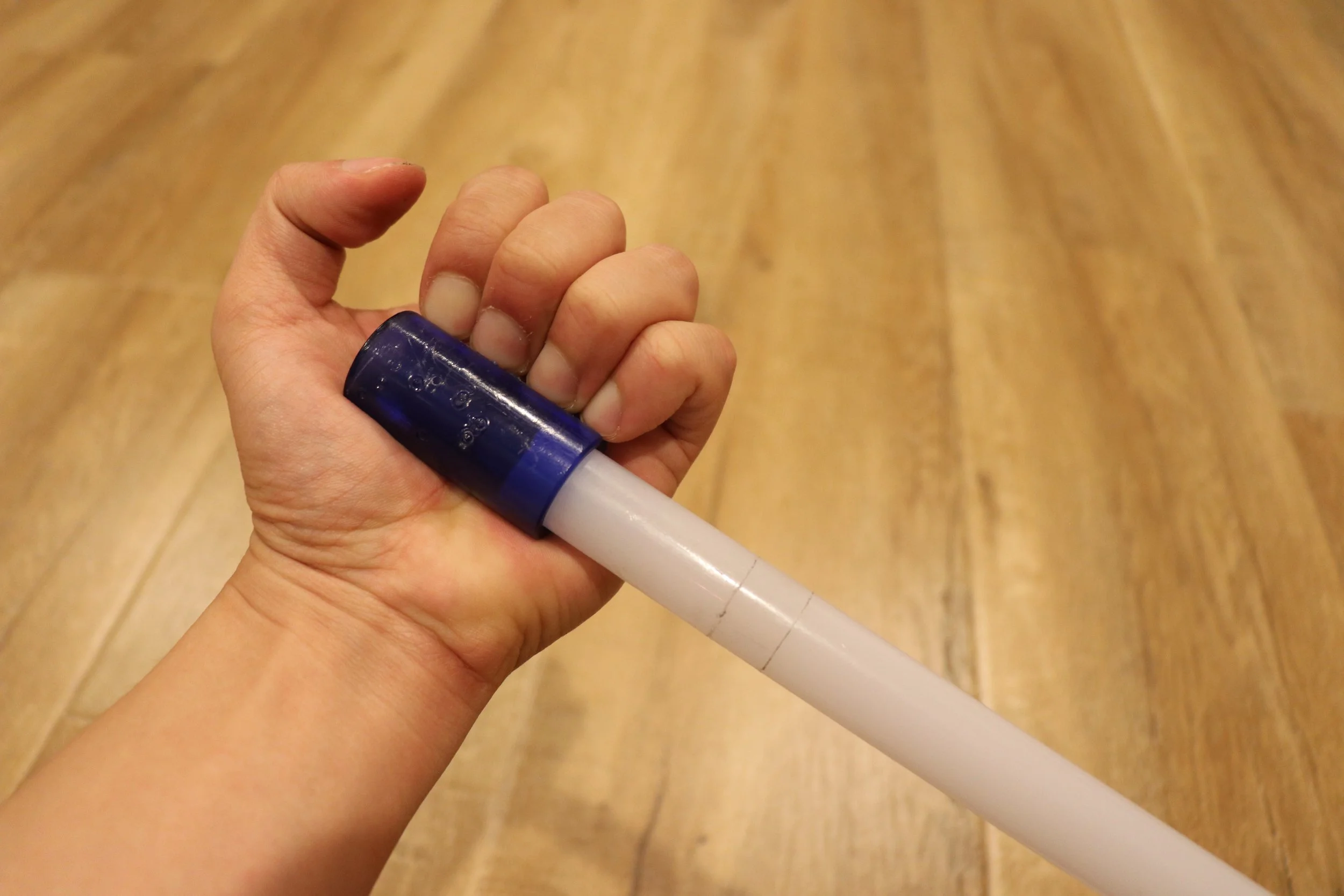Lightspeed blades break more than heavy grade blades, but they’re faster, lighter, and the risk of serious injury is much lower. Here are the things you can do get every last dollar and inch out of them!
Clean A Tip
Install or Reinstall A Tip
The entirety of the bottom rim of the tip should be house inside the tube WITHOUT fully seating the tip.
Apply super glue all around the exposed stem. (Be careful not to use too much or it could make a mess.)
FLIP A BLADE
CUT A BLADE
Featured























